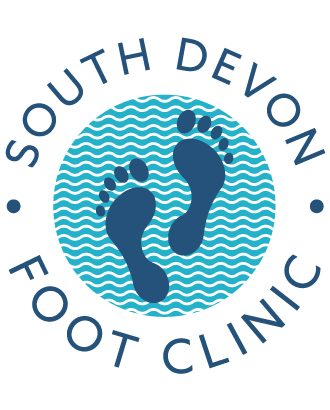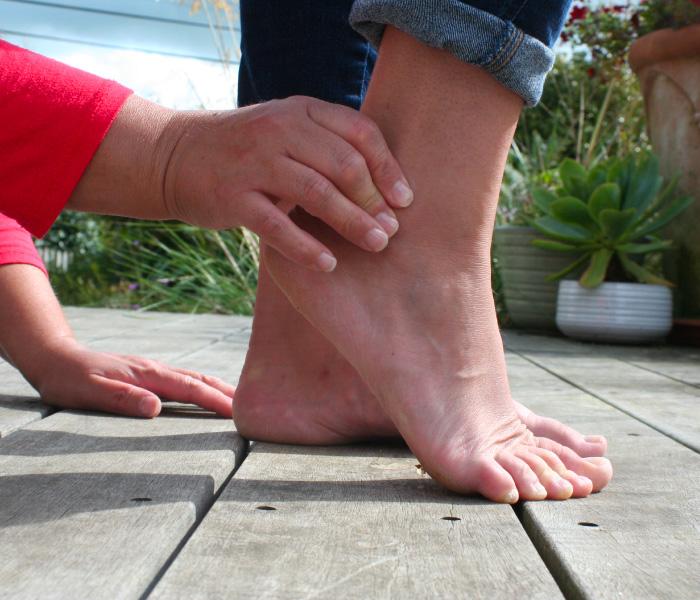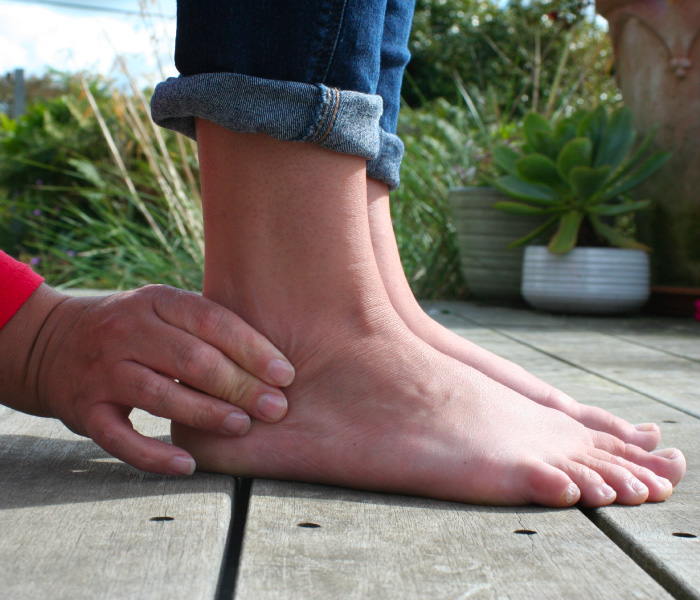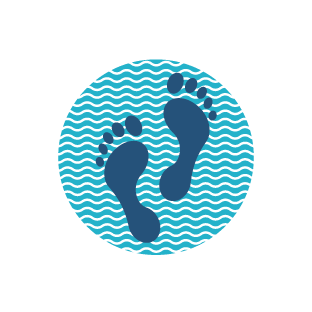Is my heel pain Plantar Fasciitis?
There are many causes of heel pain. Plantar Fasciitis being just one. Plantar Fasciitis is a inflammatory degenerative condition causing pain and discomfort to a band of tissue from your heel to your toes. This fascia is responsible for the arch of the foot.






